Adding value to 2017 Italian holidays
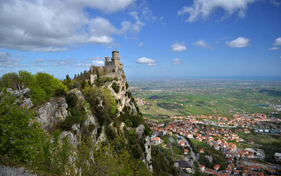
BestofRomagna publishes resort ‘don’t miss’ opportunities – especially for travel agent distribution
Says BestofRomagna – "Tripadvisor is great for places that the hordes visit, but rubbish for undiscovered destinations. You need real in-depth expertise to find the best in un-touristy places"
So they have published the ‘Best of Best of" – brief guide to the 3 most important wines to drink, the 10 most amazing foods to eat, the 12 global star characters and the top 10 ‘Must do’s’ in Romagna.
So that travel agents clients won’t kick themselves for missing out on extraordinary local experiences.
Here is an excerpt…
To get your full pack email [email protected]
But Where is Romagna?

Between Venice, Florence, the Apeninnes and the Adriatic, three great ancient Roman highways define Romagna.
The via Flaminia travels over the hills from Rome (on the Mediterranean coast) to Rimini (a city built by the Romans on the Adriatic.
From Rimini, the via Emilia hugs the Apennine mountains on the one side and the great fertile plain on the other as it travels through Bologna to Piacenza (close to Milan).
And also from Rimini, the via Popilia hugs the Adriatic coast as it makes its way via Ravenna to the Venice lagoon.
So, protected by mountains and sea, fertile Romagna became rich and powerful and full of great food and wine, art and architecture – and relatively unknown.
3 Important wines (of many delicious dozens) to drink in Romagna

Sangiovese di Romagna DOC. Fabulous, rich red Sangiovese (‘Blood of Jove’) is Romagna’s favourite wine. Full bodied, great taste. Internationally renowned, locally Deliciously inexpensive.
Albana DOCG. The first Italian wine to get the coveted DOCG appelation – Golden fruity Albana has been grown in Romagna for thousands of years. Drink it dry with a meal or for a delicious dessert, try the late-harvest sweet Passito with a piece of Ciambella!
Pagadebit DOC. A fabulous dry white wine, Pagadebit (‘Pay the bills’) naturally comes deliciously fizzy or still. Either way you are in for a treat!
10 amazing local foods to eat in Romagna

Mora Romagnola. This little local much-prized free range black pig is fed on acorns, leads a long life and produces sweet, totally delicious Prosciutto, Salami, Brawn and Pig’s cheek
Squacquerone. This very, very fresh local cream cheese doesn’t travel. It’s at its very yummiest best as a Piadina filling with Rocket and Prosciutto
Formaggio di Fossa. Rich goat’s or cow’s milk is made into a cheese in July. It is then sealed in stone pits with a covering of fresh hay. On St Cecilia’s day (November 22) the cheese is uncovered and tasted! It is bow known as ´Amber’. Eat it with a tiny teaspoon of aged Balsalic – delicious!
Savor. Every Romagna mother has an ancient recipe for this delicious relish. It’s made by boiling grape juice and skins for days with aurumn fruits and nuts (usually a combination of quinces, apples, pears, walnuts, hazelnuts, and secret ingredients – naturally!). Eat it with Squacquerone and Prosciutto. Mouth-tinglingly superb!
Olive oil. Romagna has some of the best soils to grow great olive groves and in late autumn when the harvest takes place and the olives are traditionally crushed to give up their delicious juices, the glorious perfume is everywhere. Succulent and sublime.
Piadina. DOP Piadina is a delicious flatbread traditionally cooked on a stone ‘Telia’ from one specific village. Filled with a choice of delicious ingredients from nettles to barbequed pork, it provides the base for Romagna’s streetfood!
Gelato. Don’t believe that Romagnolo Gelato is the same you’ll find anywhere in Italy! Confections include Zuppa Inglese (with sponge, chocolate and licquer), Squacquerone with Balsamic and daily seasonal superb fresh fruits. Creamily delicious and unbelievably inexpensive!
Ciambella. This is the light-as-a-feather cake if the gods. Butter, flour, vanilla, a little sugar and a lot of elbow-power make this heavenly confection. Taste with a little sweet Albana wine – you’ll be in Paradise!
Freshly made pasta. Forget the packaged variety (or the mass-produced chilled version). In Romagna there is only one way to make pasta – flour, water, egg + a large wooden table + a big rolling pin + a knife. This is how you make tasty, firm, toothsome Tagliatelli, Cappeletti, Strozzapreti, Garganelli and other local delights!
Local seasonal fruit and vegetables. Romagna has the very best selection of wonderful seasonal, local, small farm soft fruit. Plump cherries, glorious asparagus, artichokes, sweet peaches and nectarines, fat strawberries, enormous watermelons, apples, pears, persimmons – and dozens more. Catch them fresh and delicious.
12 fascinating global star characters in Romagna (in order of appearance)

Julius Caesar. When Caesar decided to make his move on the Roman Empire, he gathered his troops in impregnable, lagoon-city Ravenna. The next day they marched to cross the Rubicon River where the border was from Gaul to Rome and conquer the empire. Thus establishing two things – the power of Ravenna and a well-known phrase or saying!
Emperor Augustus – Julius Caesar’s adopted son and Rome’s first and most powerful emperor, Augustus, recognised the power of Ravenna and created its enormous port. At the beginning of the 1st century AD the base for the 5,000-strong Eastern fleet, Ravenna’s port at Classe could hold over 250 ships.
Galla Placidia. The daughter of a powerful Roman emperor (Theodosius the Great), feisty Galla was taken hostage as Rome was ransacked in 408 by Visigoths. Married to their leader, Ataulf, she was widowed when her husband was murdered, debased by his killer, she was ransomed again married and widowed again. Galla Placidia then ruled the Roman Empire for 26 years. And, here, in Ravenna she began to create the glorious mosaic bejewelled Imperial capital which was one of the worlds great cities of power and influence for over 200 years
Teodora and Justinian. This 6th century power-pair are depicted in fabulous Ravenna mosaics. She was a beautiful dancing girl – daughter of the manager of the Byzantium chariot-team. He was the boy from the provinces who climbed the greasy pole to power. Together in a love-match they extended the empire from Africa to Europe and Asia, rewrote Roman law, created great churches including the Hagia Sofia in Byzantium, the San Vitale and Sant Apollinare basilicas in Ravenna, and ruled effectively for 38 years.
The Medieval Robber Barons included: the Malatesta clan (‘Badheads’) who ruled Romagna for 300 years – and built as many castles! Fostered an age of great art. The Este clan from Ferrara ruled the area around Ravenna and included Niccolo d’Este who was said to have sired over 300 children. Federico di Montefeltro, a great mercenary from Urbino lost an eye so he had the bridge of his nose removed so he could see both ways. And the Florentine Borgia family ruled over much of Western Romagna.
The artists. Art and architecture flourished in Romagna during the middle ages and the Renaissance. Great Artists at work included Piero della Francesca and Leonardo da Vinci (who was said to have painted the Mona Lisa in the hills of Romagna) – and created the Romagnolo fishing port at Cesenatico for his master Cesare Borgia. Stunningly atmospheric castles sprung up on almost every available hill and great via Emilia cities of art such as Faenza, Forli, Cesena and Rimini came into their full glory . In these great cities paintings and mosaics, wonderful ceramics, sculptures and superb buildings, glorious piazzas were created to emphasize their power and richness.
The writers. In medieval and renaissance times great writers such as Italy’s greatest Dante Alighieri, who was exiled from Florence, were at work in Romagna. Many of the stories in his masterpiece Divine Comedy were from Romagna.
The craftsmen. Over the centuries, Romagna has become a global centre for handmaking exquisite fashion items such as shoes and handbags. Skills passed down over generations are now used by craftsmen and women working in Romagna workshops for iconic brands such as Versace, Dolce e Gabbana and Gucci.
Pellegrino Artusi – The "Father of Italian Cookery" was born in Forlimpopoli on the via Emilia. Artusi was a rich merchant who just loved food. The family moved to Florence when he was a teenager. As part of his work, he travelled widely throughout Italy and with his passion for food, he collected housewife’s recipes wherever he went. At the age of 71, in 1891, he self-published his cookery manual with recipes from all over Italy. Luckily for Artusi, Italian unification took place in 1871 and Florentine Italian was adopted as Italian. The book was a tremendous success – and is still in print.
The Entertainers. The great Italian film director Federico Fellini was born in Romagna – one of his globally acclaimed Oscar-winning films is Amarcord, based on his life as a teenager in wartime Rimini. Amarcord’s screenwriter, poet and artist Tonino Guerra has done more than anyone to celebrate Romagna culture. He became a poet whilst he was imprisoned as a partisan. As Romagna became free, he created quirky festivals, iconoclastic museums, lovely parks, artworks everywhere – even a truly great restaurant to enjoy the best of local traditional food and wine.
Mussolini. ‘Il Duce’ was born in the heart of Romagna – in Predappio, a village just outside of Forli. Originally a Socialist party leader, he fell under Hitler’s spell and brought the vicious Fascist regime to Italy. During his time as dictator he moved Romagna’s border so it encompassed the source of the river Tiber. He also created an extraordinary triumphal way with enormous brutalist art deco buildings from the grandiose Forli railway station to the center of the city.
Mutoids. After their journeys around Europe, the Mutoid Waste Company has found its home by the Marecchia River, near Santarcangelo di Romagna. This international artist’s collective creates fabulous sculptures from all kinds of scrap and waste from dolls to lorries moving and static. They even put together extraordinarily spectacular fireshows.
Don’t leave Romagna without experiencing these top 10 Must Do’s

See the amazing mosaics in Ravenna – particularly those in Galla Placidia’s Mausoleum, Basilica of San Vitale and Basilica of Sant Apollinare in Classe
Enjoy a real Romagnolo streetfood treat – a Piadina flatbread – particularly one stuffed with Squacquerone, Rocket and Prosciutto (optional!)
Walk down the beautiful Venatian port-canal at Cesenatico with its floating museum and active fishing port. Designed by Leonardo da Vinci for Cesare Borgia – it is a delight – as are the gelatos in Cesenatico!
Revel in the sight over all of Romagna from montaintop San Marino’s fortress. A visit to the smallest republic In the world with its boutiques and its cobbled streets is a real experience
Eat some local freshly-made pasta such as Cappelletti in broth. Nowhere else in the world will it taste so good.
Taste & buy wine & olive oil in Longiano’s ‘Ancient Valley of Cherries’ here, apart from glorious fruit – there is delicious Sangiovese and unbelievably good olive oil. An inexpensive taste of Romagna on your table
Enjoy the art of Tonino Guerra – hand printed on material by hand-crafted wooden blocks in an age-old process in Pascucci’s 1826 shop.
Enjoy a classic Romagnolo dessert – a glass sweet white late-harvest Albana Passito wine with a piece if Ciambella cake.
Probably your best and most long-lastingly pleasureful gift to yourself. Learn to cook Italian at Pellegrino Artusi’s cookery school ‘the best in Italy’
Buy some inexpensive hand-made luxury leathergoods – made in Romagna by skilled craftsmen. An elegant souvenir.
Holiday filled with great, life-enhancing experiences – job done!
To get your full pack email [email protected]
Free downloads of more Romagna information HERE
Travel agents FAM trip program HERE
 United Kingdom
United Kingdom United States
United States Asia Pacific
Asia Pacific



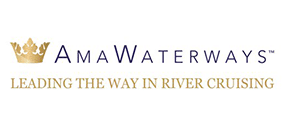
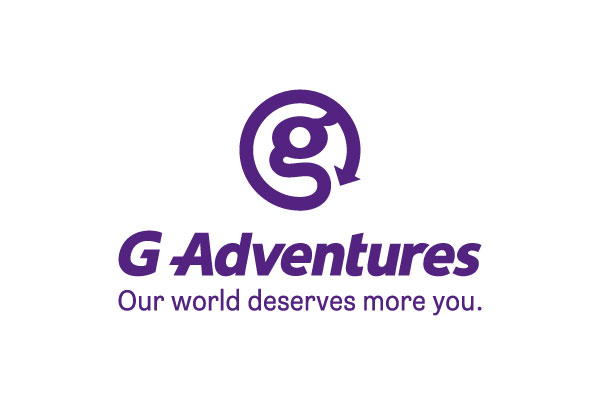
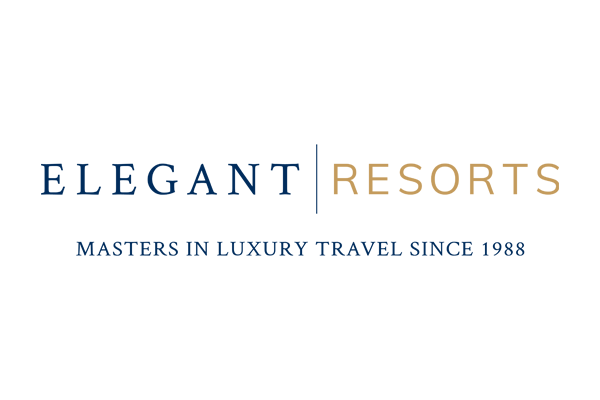

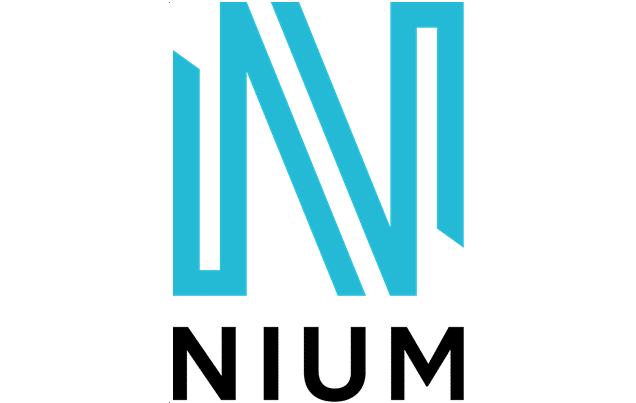


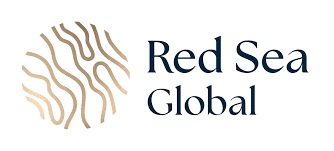

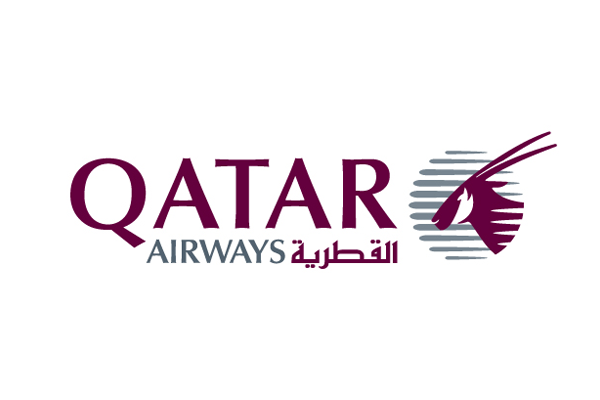


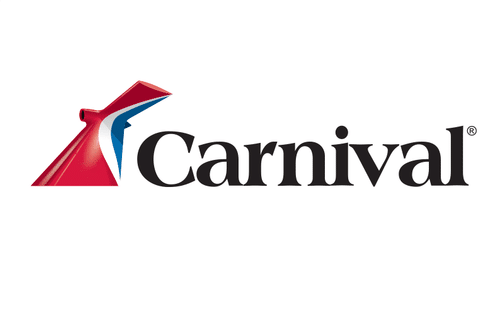


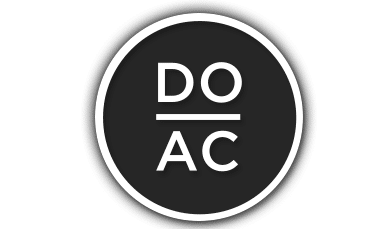














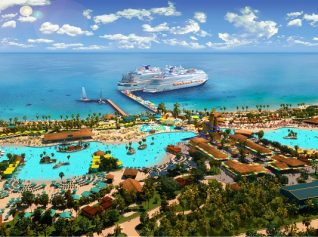


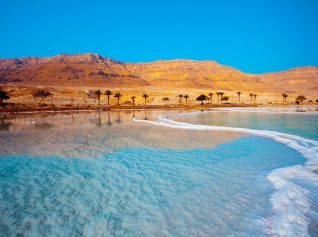
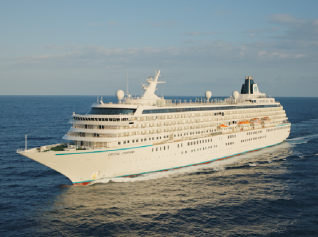






BA suspending all Heathrow to Abu Dhabi flights
Unexpected wave rocks cruise ship
Report: Cruise guest died after ship lashed in heavy storm
British teen in serious condition after paraglider collision
JetBlue scraps London Gatwick flights